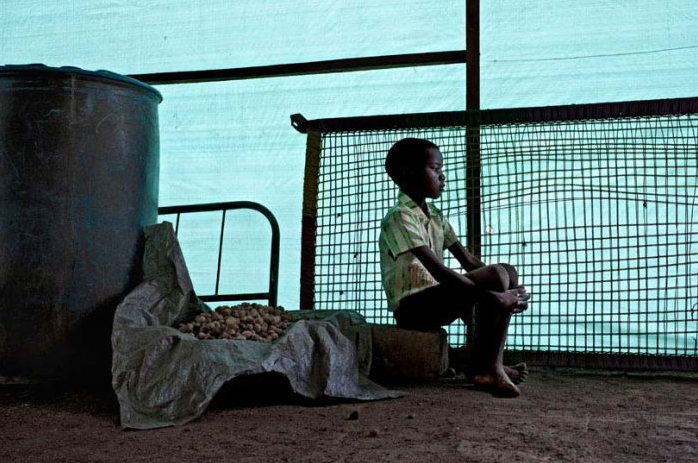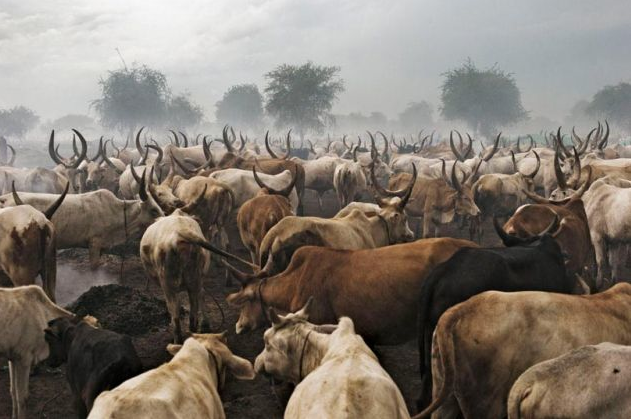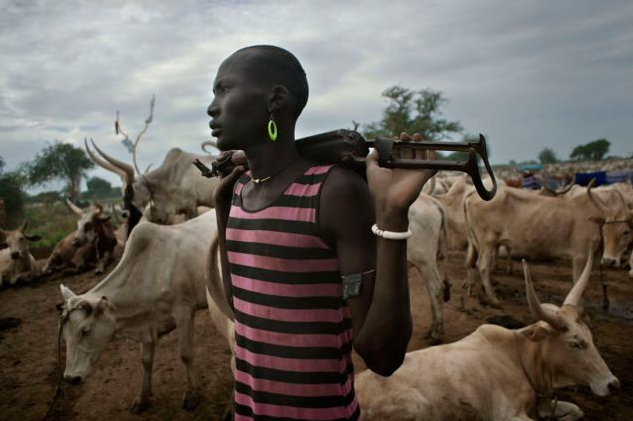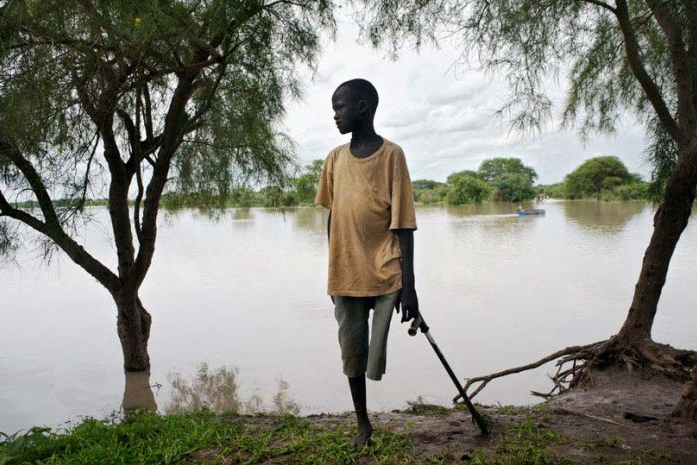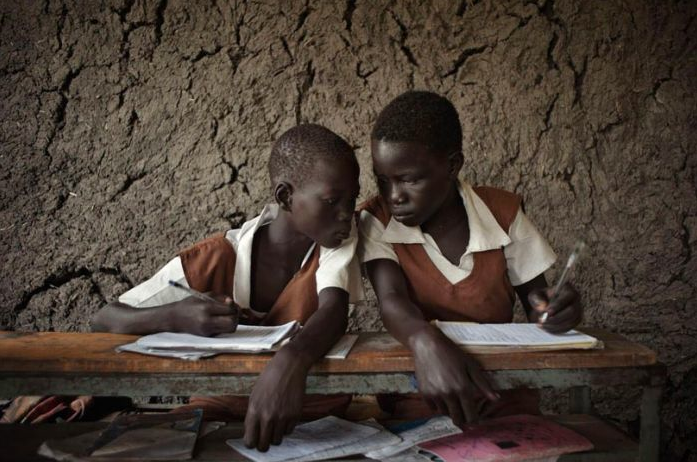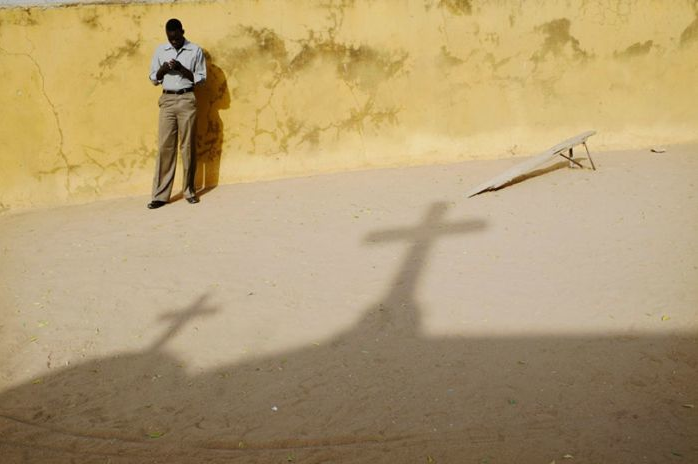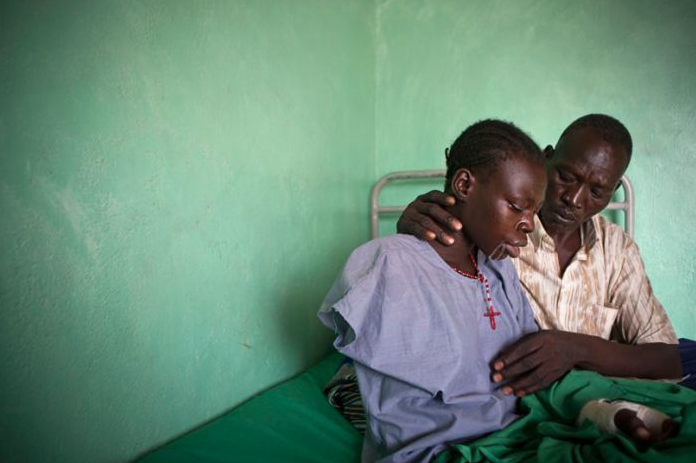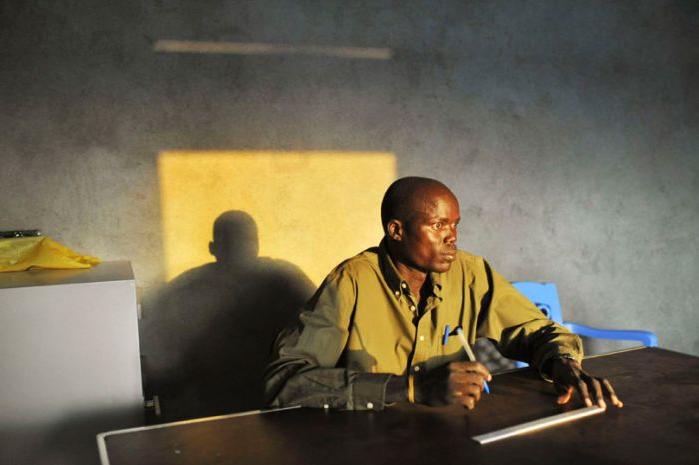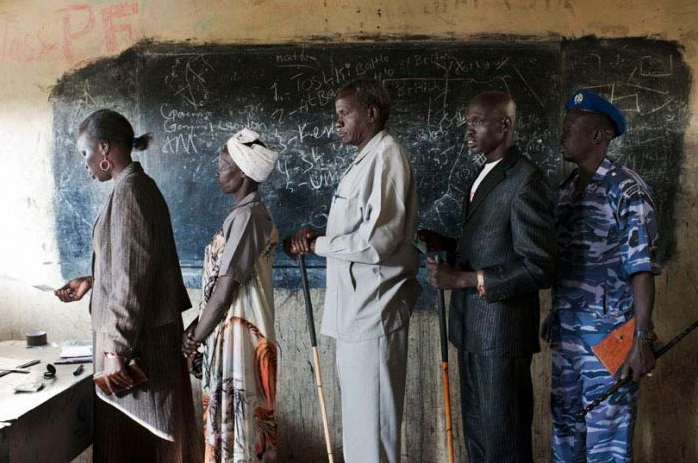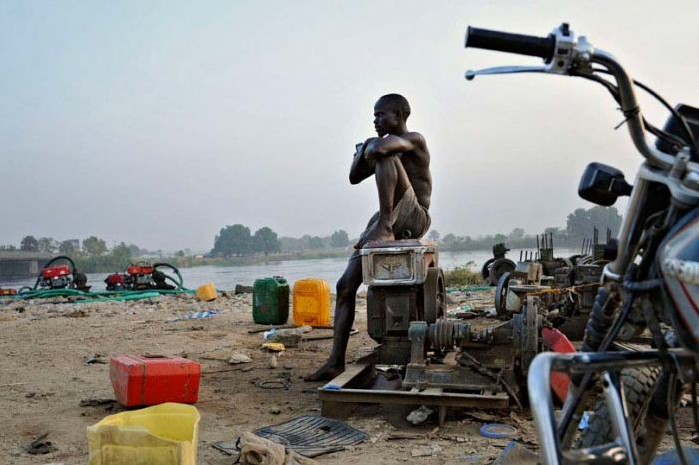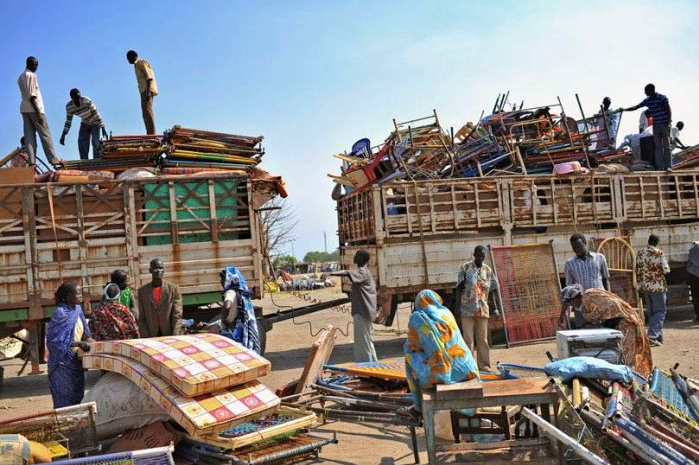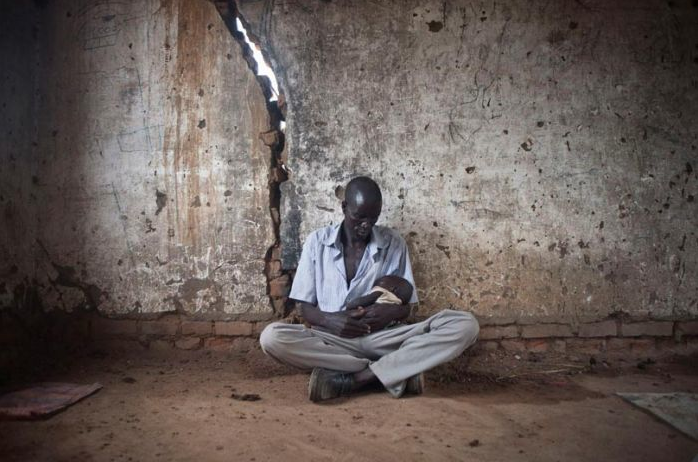July 03, 2012 | Mother Jones
By
Cédric Gerbehaye
Pulitzer Center grantee Cédric Gerbehaye photographs the fragile situation unfolding in South Sudan, as the newly independent state nears its one-year anniversary. Ongoing violence, fueled by tribal clashes and resource conflicts as well as cross-border attacks, continues to hinder development in one of the world's poorest countries.
These photographs are part of the Pulitzer Center's project Sudan In Transition, which extended work that Gerbehaye produced on a grant from the Magnum Emergency Fund in 2010. The slideshow was originally featured by Mother Jones.
